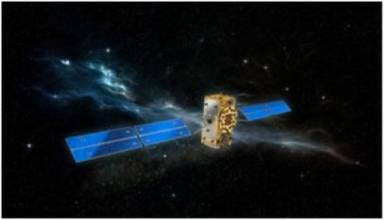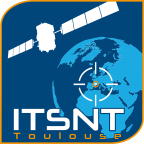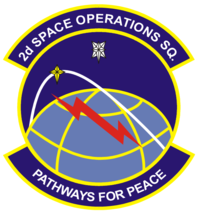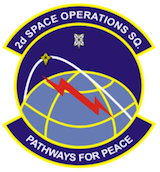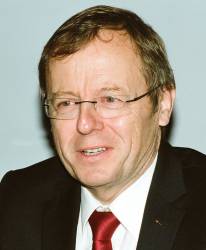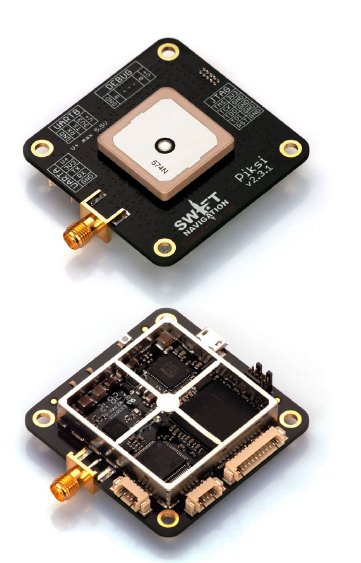GNSS Leaders Reveal Plans at Munich Summit
Representatives of the world’s GNSS providers outlined the current plans and progress of their systems at the 2016 Munich Satellite Navigation Summit in Germany.
BeiDou has entered its transition period from Phase II to Phase III, with test and validation of the next phase with its new signal structures and frequencies taking place through the second half of 2017, said Jun Shen, deputy director for International Research at the China Satellite Navigation Office. In the meantime, “there will be a coexisting of Phase II/III BeiDou signals.
By Inside GNSS

